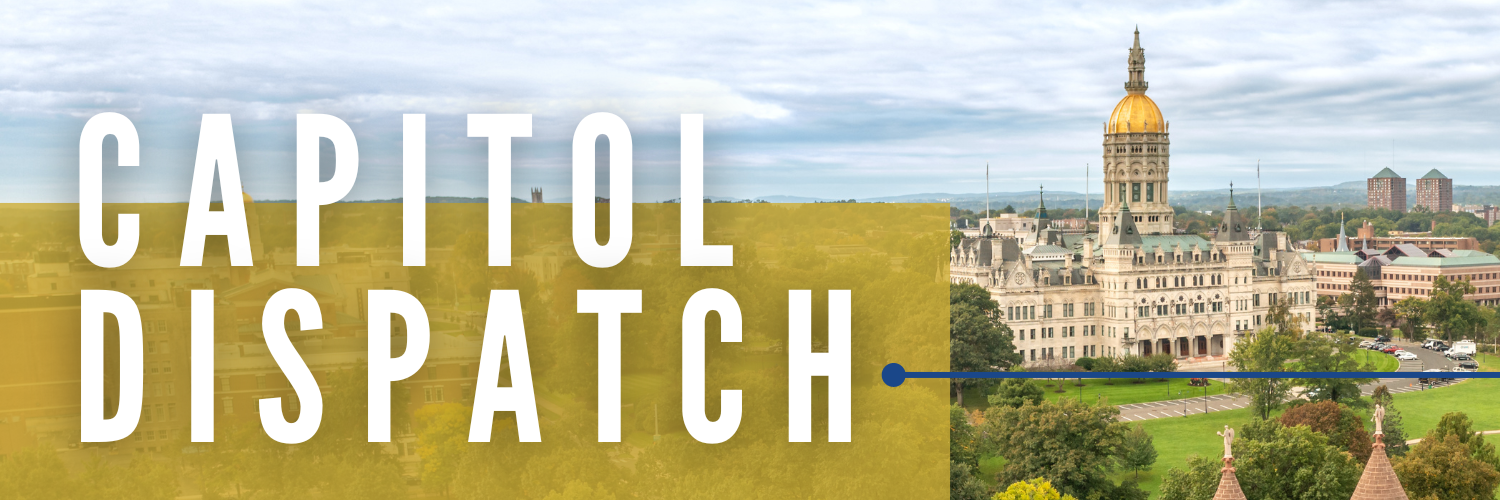Connecticut Claims Multiple Spots Rankings of Top U.S. Colleges and Universities

With high school seniors preparing their applications for next year and students back on campus, Forbes and the Wall Street Journal recently published lists of the top colleges and universities in the United States, and Connecticut punched above its weight, landing four and three schools in the top 100 nationally in each respective list.
Behind only Princeton, Stanford and MIT, New Haven’s Yale University took fourth place overall in Forbes’ rankings. Yale, a renowned member of the Ivy League, has tight acceptance standards and strong research capacity, with more than half of the undergraduate student body earning financial support in the 2021-22 school year. Yale ranked highly in past metrics as well, with Forbes ranking it one of the 15 best values in higher education dating back to 2019.
Wesleyan University also placed well in Forbes’ rankings, at 54, with the Middletown school receiving a B+ for students’ financial performance. Students earned an average of nearly $150,000 a decade after graduation from Wesleyan, with graduates accruing relatively low average debt.
The university’s extensive network and extracurricular activities help to ensure students receive well-rounded educations; Wesleyan ranked in the top 50 for American private colleges and the top 15 for liberal arts universities nationwide.
Trinity College, in Hartford, placed 71st on the list, with its financial value placed highly thanks to an average grant aid of nearly $47,000 per student. After 10 years, Trinity students earned an average of more than $140,000 and experienced relatively low student debt. Trinity’s study-abroad system and student traditions were cited as strong benefits for students.
Rounding out the list, UConn was recognized for more than just basketball success, with the Storrs-centered school landing in the top 100 this year at 85th place. UConn’s traditions, values and academics all helped it achieve a strong ranking. Although the median alumni salary was $126,000, lower than private schools on the list, its annual cost was lower than those schools and its average grant aid was high.
Forbes ranked schools using a variety of metrics, which included alumni salary earnings six and ten years after graduation; student debt over the course of their time in school; six-year graduation rates; and the number of significant distinctions achieved by alumni. Other metrics included students’ return on investment, school retention rates and academic success rates.
The Wall Street Journal also released its own list of college rankings this month with significant changes to its grading policies. The publication prioritized graduation rates, salaries, and the ability of students to pay off their education costs.
Despite these changes, Yale retained its fourth-place ranking on the list, with two additional Connecticut schools landing in the top 100. Quinnipiac University in Hamden placed 91st, while UConn stood just above Boston College in 99th place.
The Wall Street Journal’s new metrics led to some surprising changes in its listings. For instance, Babson College in Massachusetts took second place, Claremont McKenna College in California standing at fifth and Harvey Mudd College in California took 20th, above more well-known schools like the University of Michigan and Cornell University.
Posted By Joe O’Leary
Share this page: